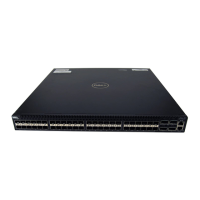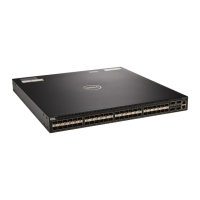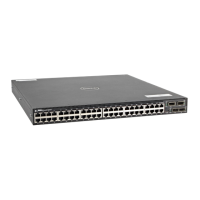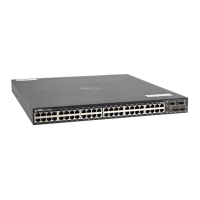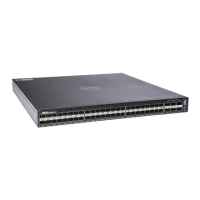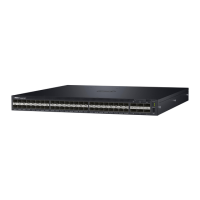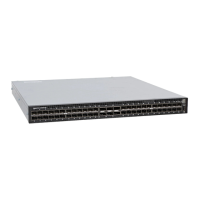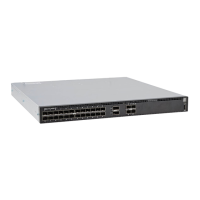Related
Commands
snmp-server community — enables SNMP and sets the community string.
snmp-server engineID
Configure the name for both the local and remote SNMP engines on the router.
S4810
Syntax
snmp-server engineID [local engineID] [remote ip-address vrf
vrf-name udp-port port-number engineID]
To return to the default, use the no snmp-server engineID [local
engineID] [remote ip-address vrf vrf-name udp-port port-number
engineID
] command.
Parameters
local engineID
Enter the keyword local followed by the engine ID number
that identifies the copy of the SNMP on the local device.
Format (as specified in RFC 3411): 12 octets.
• The first four octets are set to the private enterprise
number.
• The remaining eight octets are the MAC address of the
chassis.
remote ip-
address
Enter the keyword remote followed by the IP address that
identifies the copy of the SNMP on the remote device.
vrf vrf-name Enter the keyword vrf followed by the name of the VRF that
is used to reach the device.
NOTE: Use this attribute to specify the VRF that is used
by the SNMP engine to reach the device. If no VRF is
specified, then the default VRF is used.
udp-port port-
number
engineID
Enter the keywords udp-port followed by the user
datagram protocol (UDP) port number on the remote device.
The range is from 0 to 65535. The default is
162.
Defaults As above.
Command
Modes
CONFIGURATION
Command
History
This guide is platform-specific. For command information about other platforms,
refer to the relevant Dell Networking OS Command Line Reference Guide.
The following is a list of the Dell Networking OS version history for this command.
Version 9.4.
(0.0)
Added support for VRF.
Simple Network Management Protocol (SNMP) and Syslog
1563
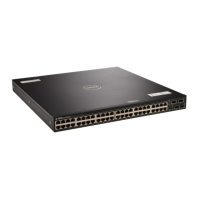
